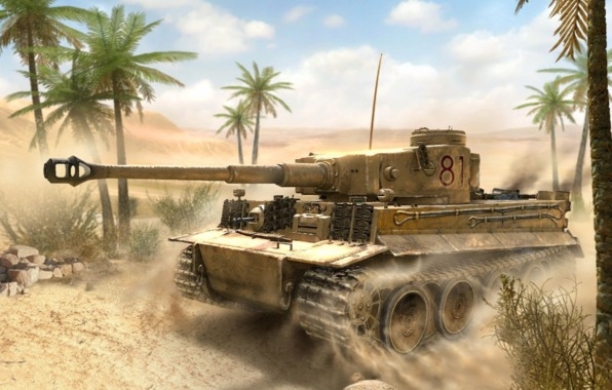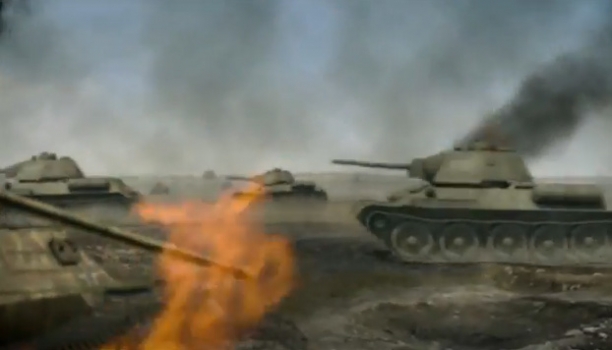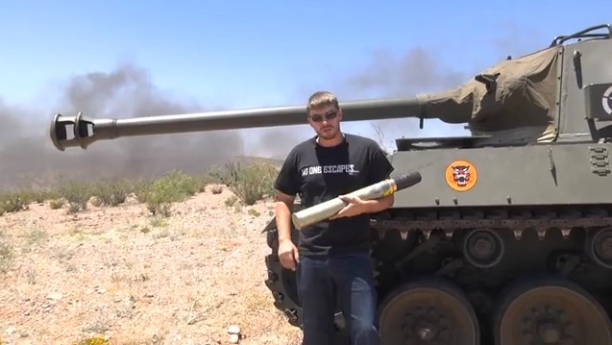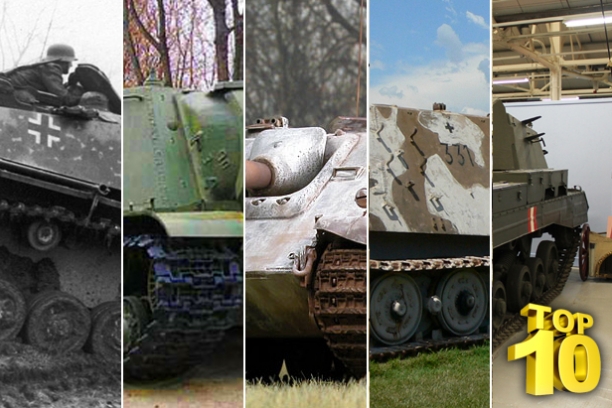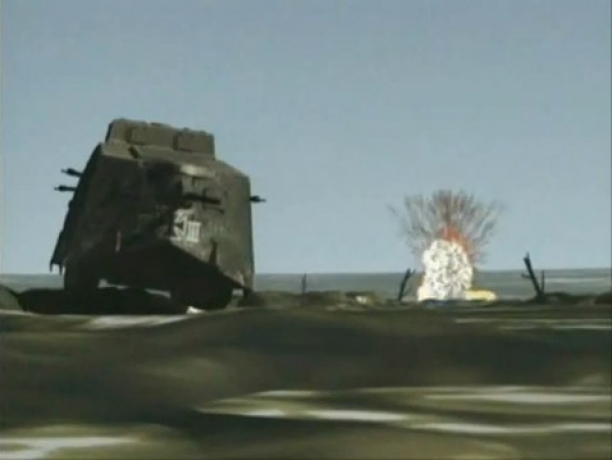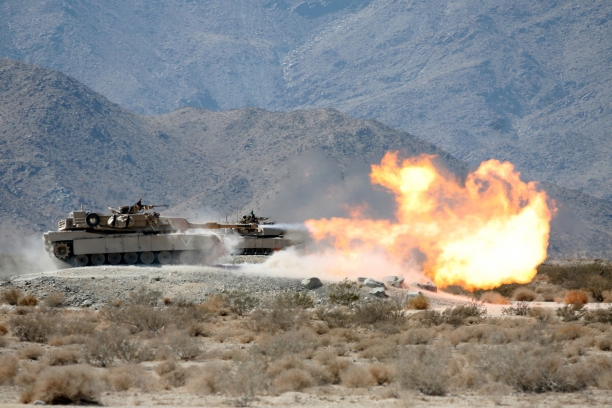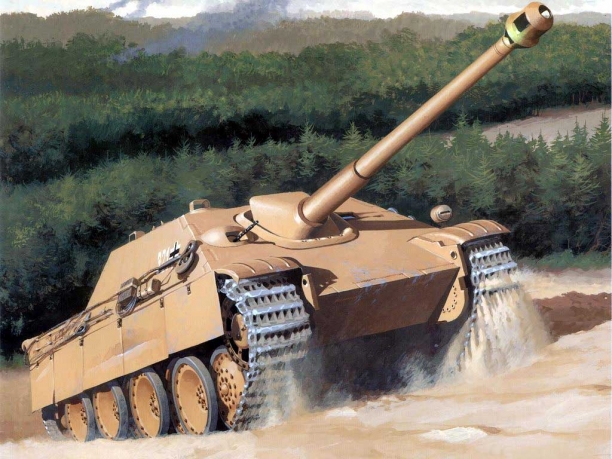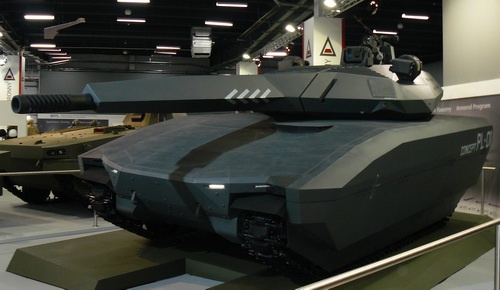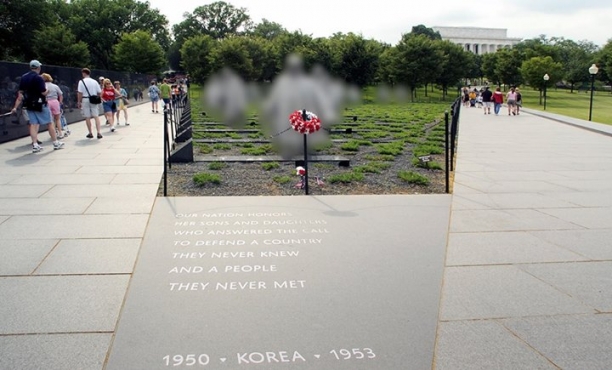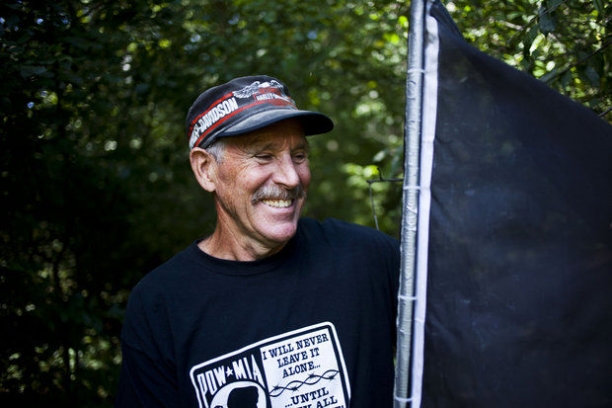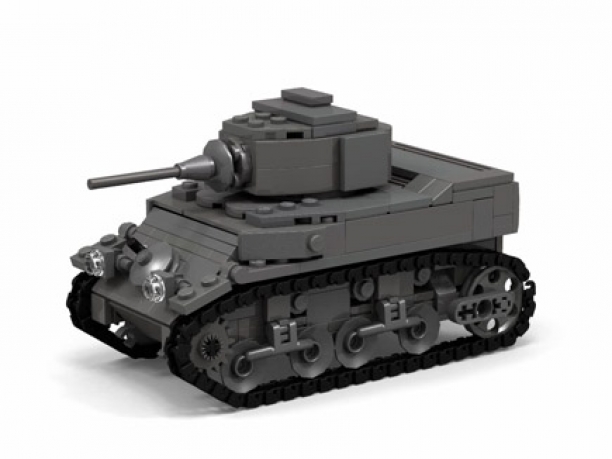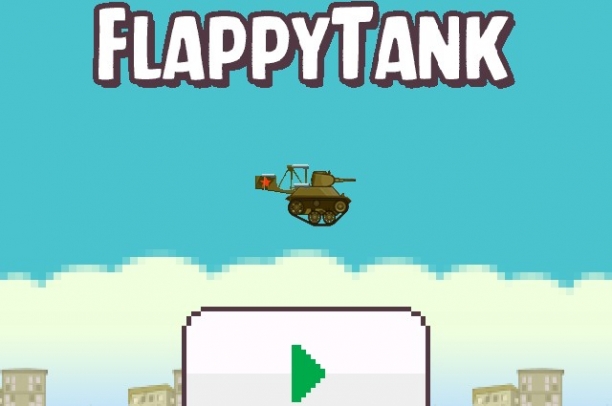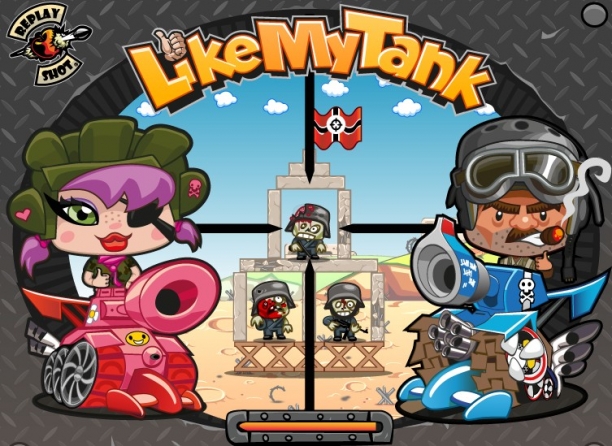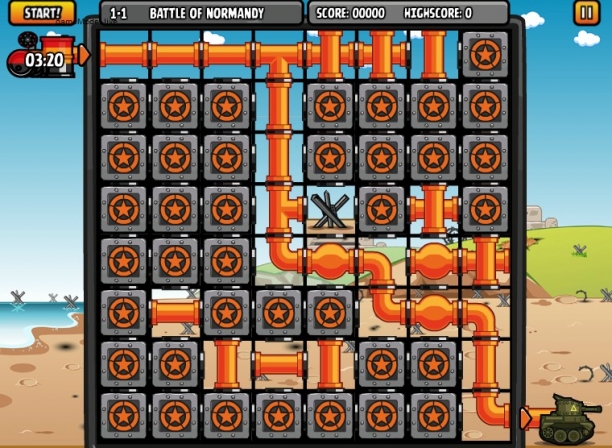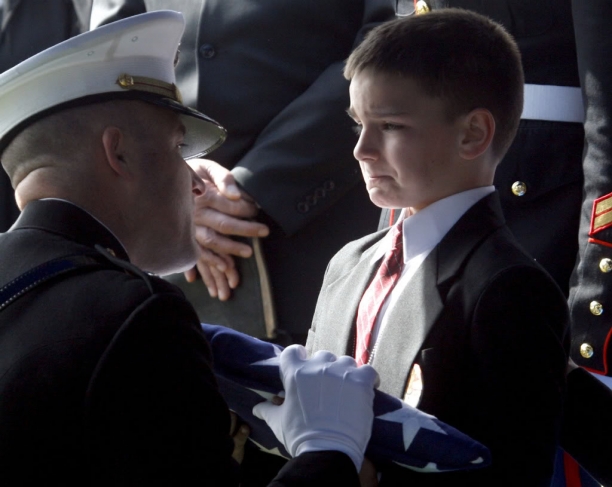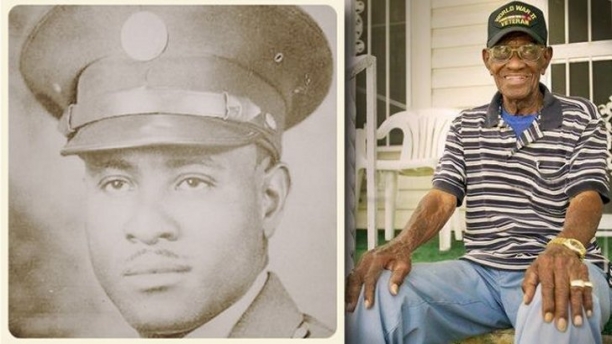
Richard Arvine Overton is known to be the oldest American Army Veteran and he is already 107 years old. After World War II he returned and built his home in Austin, Texas.
During World War II between 1942 and 1945, Overton was deployed in the South Pacific.
His secret of long and healthy life was credited to his dynamic and vibrant activities and daily dose of baby aspirin. Being constantly active physically, undergoing regular mental exercisse and alertness are the factors of his longevity as he disclosed during his recognition for his service by the mayor of Austin,Texas, Lee Leffingwell .
He emphasized that continuous workouts and a little amount of whisky a day helps him maintain his good health and fitness. He explained that whisky is a good medicine for the retention of good muscles and bones.
His comrades and colleagues he has knonw over the decades either perished in the battlefield or died naturally after the war. He is preparing to have retreat in the home he built in Texas after the World War II nn this very especial day.
This is the only thing he wanted.
Mr. Overton, you rock.
|
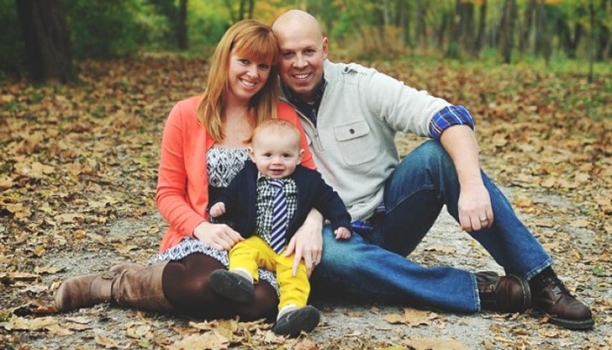
Iraqi war veteran was killed buying an iPad through Craigslist by the sellers, brothers in Indianapolis. The iPad was intended to be a Christmas gift for a parent in his family. The murderers were only 18 and 19 years old on the west side of Indianapolis. Sadly, the deceased, James Vester, just 32 years old, was a father of one year old baby boy. He served in the Indiana National Guard as well as being deployed to the Iraqi war zone.
James Vester's fellow National Guard members all know he was a dedicated Soldier for 12 years and proud father. To help his family they have started a fundraiser, donations can be given at www.YouCaring.com. Sergeant Major Williams, Tony, said, "He had a huge heart and he was the type of person you could depend on." R.I.P.
The two brothers, Tyshaune Kincade (18) and Tyron Kincade (19) are being held without bond in the Marion County Jail. On Monday they were charged with robbery and murder for shooting James Vester to death on Wednesday in a parking lot located in the west side of Indianapolis.
|
Leopard 2A4 out of Lego? Better believe it. Watch it roll over obstacles with its rotating turret, gunner's counter rotation gun system, self-leveling main gun. It is 1/18 of the original German war tank. Can you imagine what all mischief you could get into with this?
|
This Nazi heavy tank built in 1942 which was used during World War 2 was called Tiger I. The ultimate formal German name was Panzerkampfwagen VI Tiger Ausf.E, oftentimes called Tiger for short. It was a response to a remarkable T-34 and the KV-1 which were part of the Soviet armor during the first months of encounter prior to the invasion of Soviet Union. Tiger was developed to counter and combat Soviet armors.
The design of Tiger I provided The Wehrmacht (refers to the German armed forces of WW II) their first tank mounting the 88 mm gun in its first version called the KwK 36. This gun was the primary weapon of Tiger I. It also showed its high effectiveness both on air and ground targets. The Tiger I was the combat fighting tank used during World War II on all German battlefronts. It was proven to be strong and tough and generally positioned in independent tank battalions.
What do you think?
|
One of the largest battles in the war was the Battle of Kursk. It was one of the biggest and most important tank battles that ever happened. The aim of the battle for the German army (they called it "Operation Citadel") was to make the Red Army weak, but it actually ended with the Soviet army winning and the German Nazi army taking a huge loss.
|
This is so sweet: an old World War Two Russian tank vet has finally located the tank he served in which he went through all the war in, erected in little Russian village as a monument and got emotionally affected that people were worried that his heart wouldn't be able to take it.
|
Jagdtiger or "Hunting Tiger" was one of the heavy tank destroyers come out of German factories during the Second World War. It was officially named the Panzerjäger Tiger Ausf (inventory tag Sd. Kfz. 186) because it was primarily based upon a Tiger II chassis which has been lengthened. This heavy duty tank was superior over any Allied tank and out-ranged them all. Its main gun was a PaK 44 L/55 main gun (128 mm). It was considered by the Axis forces as the heaviest operational armored vehicle utilized in WWII.
|
During World War II the M18 Hellcat was the tank used by the Americans to destroy the enemies and a defense against their foes. This armored fighting vehicle has speed up to 60 mph for the reason that the armor is paper thin or not more than 1" thick. It was the fastest tank destroyer in the time of World War II. The enemies were not able to attack the Hellcat troops easily because of the high speed of the tank.
|
Most of the German and Russian weapons that were used to destroy tanks during the Second World War didn't have turrets, but some of the English and American weapons did. Most of the tank destroyers had the same size gun that tanks had, but at a less expensive cost. These tank destroyers did their job well against tanks, but when it came to going up against soldiers on foot they were very ineffective. Below you'll find a list of the top ten tank destroyers in the world. They have been scored based on how well their armor protects them, speed, the power of the main gun, and their experience on the field of battle.
|
Watch how modern computer graphics can reinvent battle between tanks.
The A7V was a huge tank weighing 30 tons and composed of 18 member crew. This tank was not operative and powerful as other tanks during World War I. Due to material deficits only twenty tanks had been finished and built by the final stage of the war. On Apr. 24, 1918 at the Second Battle of Villers-Bretonneux the A7V was involved in the first tank vs. tank battle but no distinct winner was declared.
|
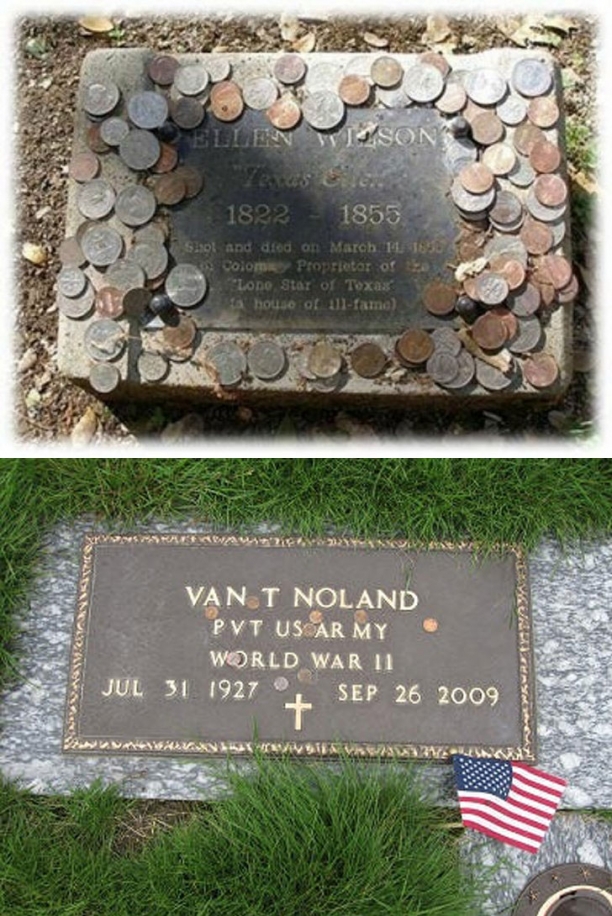
Have you ever noticed that at some cemeteries, on the headstone, you can find coins left on them. Did you ever wonder where they came from and WHY they were there?
If these coins were left on a soldier's grave who lost his live while in the US military then there are different meanings based upon which type of coin someone left.
By leaving a coin on a soldier's grave it is meant as a sign of respect for the family. If you just leave a penny it simply means that you have been there. It's not disrespectful, but it doesn't carry special meaning.
If there's a nickel it means that the person who left it participated in training with the deceased. If a dime is left then it means that the person who left it served with the deceased. A quarter left indicates that the person was with the deceased at the time of their death.
The money left at the graves is eventually collected and used for the general upkeep and for helping people with the costs of burying their loved ones at the cemetery.
In the United States it started to be normal for people to do this during the time of the Vietnam War since there was such a separation of viewpoints towards the war at the time. It was an easier way to show your support towards the family than contacting them. You should show your respect without risking a political confrontation with the family.
In some circumstances the coins left were a symbol of treating their friends to a beer when they finally met up again in the world beyond.
This tradition can be seen as far back as the Romans where they also did the same practice.
Have you ever left a coin?
|
The most awe inspiring and destructive weapon used by the army is the tank. They first started being used in WWI by the British and the French, and since then they have been a menace on the field of battle. All through the twentieth century the tank has been a continuous weapon that has been used by the army to wreak havoc upon enemies far and wide. A the end of WWII over three thousand tanks fought in the Battle of the Bulge, then they took part in the Battle of Dezful which took place between Iraq and Iran, and then in countless other important battles. Today we will take a look at ten of the most amazing tank battles that have happened throughout time.
|
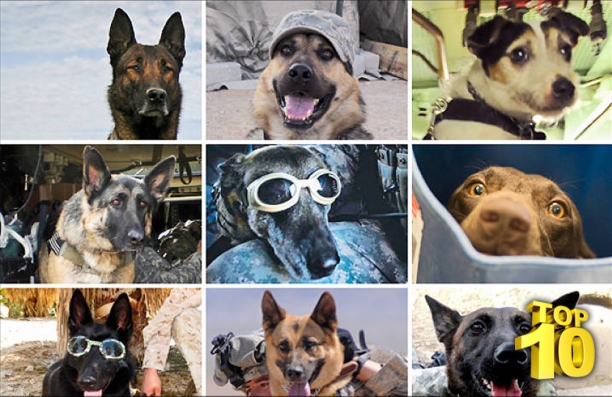
In the United States military forces, war dogs are associated with the troops and they take significant part in the war game. The SEAL Team Six and the most popular "Soldier Dog" named Cairo were commissioned to capture or kill Osama Bin Laden way back in 2011. In the operation, Cairo used his dog senses and canine skills to accomplish the mission of killing Bin Laden. This Dog was effective aid in the triumph of the operation. Other military dogs are used as sniffing dogs to discover threats (similar to what you see at the airports), some are guards and companions of the military troops, some are used for search and rescue operations. The war dogs are also used to guide and lead the soldiers in dark and treacherous places. Closeness and faithfulness are developed between the handlers and trainers. They are genuine lovers of dogs and with their beloved friends, they are an indispensable members of the military.
According to Maria Goodavage, author of the new book "Soldier Dogs", dogs' extreme sensitivities and alertness make them great in the battlefield. She added that dog's sense of smell is stronger and greater than human thus they can recognize if danger and fear are at hand much more effectively. Dogs are more vigilant than we are and they are always ready to attack. There is inseparable relationship between trained dog and his military master as they often sleep and eat together, moreover play together. Greatness of military dogs is achieved by the patience and compassion of their handlers. Dog is man's best friend and a great companion and protector in times of danger and war.
The training of dogs, especially the Belgian Malinois dogs, is usually conducted in Lackland Air Force Base in San Antonio. Texas. Training is tough and tiresome for both the handlers and the canines during the preparation for the battlefield or a special mission. The course also includes lessons and training for the development of extreme physical tolerance and mental readiness. Trainers at Lackland are also required to know basic commands in different languages. Some smaller dogs like the tiny Jack Russell terrier "Lars J274" are also included in the Navy services. These dogs are great in sniffing bombs in submarines. Breeding and training of military or war dogs are customary practice in Germany and Netherlands.
After the accomplishment of the mission or when the war is over, the military dogs are brought back to the United States and oftentimes are adopted by their handlers which bring them home to their families. However, during Vietnam era, war dogs were treated harshly and the poor dogs were abandoned and even erased after the service. Unfortunately, today dogs are still treated only as tools and instruments in the war instead of co members of the team. In 2012, bipartisan Canine Members of the Armed Forces Act presently proposes its way through both houses of Congress to have clear and definite plan for the retirement, adoption, care and appreciation of military working dogs.
|
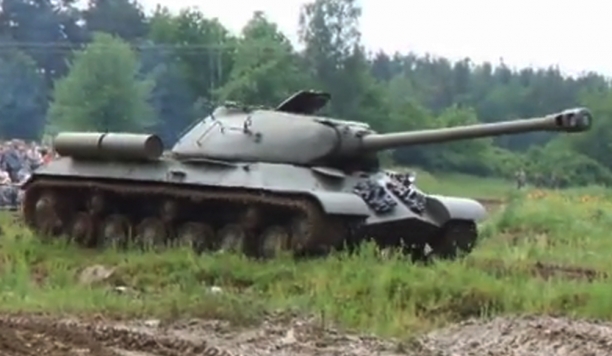
The IS-3 or the Iosef Stalin (Joseph Stalin) IS3 was part of a series of tanks that served Soviet Army during the WWII. The whole series was based upon the KV tanks and began with the IS-1 that was produced in the year 1943. The IS-2 came next during the very same year. The IS-2 came fitted with the 122, main gun - a lethal weapon indeed. The IS-3 was developed afterwards because the Soviets were convinced of its value.
The IS-3 modifications were a re-design of the whole series. For instance, the armor protection of the IS-3 is the best of the lot. This tank has better turret armor protection than its predecessors and is thus a safer machine to operate overall. The armor of the whole series was already a stand out. There were other modifications made on the turret. It was well-rounded and there was more space for the turret crew. Additional projectiles were also given ample space. For better protection from ballistics, the glacis plate had increased slope. The combined modifications on the turret and hull resulted in a lowered silhouette. This made the tank more difficult to track and target from any given angle.
The chief armament of the IS-3 was the 122mm (121.9mm). This was infamous during the war for its excellent penetration capacity and the flexibility that came with it. Expert crew can let off from 2-3 rounds every minute. The projectile choices were expanded as well to include 10 AP or armor-piercing rounds. In addition, there were 18 HE or high-explosive fragmentation. The IS-3 was capable of facilitating battlefield targets.
In October, 1944 the IS-3 prototype was designated as "Object 703." After a very short while and a series of evaluations this was approved for production. Factories in the Soviet Union capable of constructing heavy vehicles were soon busy with construction. The very first operational IS-3 tanks were entered into the inventory of the Soviet Red Army on May, 1945. The IS-3 appeared in the victory parade through the city of Berlin on 7th of September, however, it did not see much action at the front because the war in Europe was mostly over. Adolf Hitler had taken his life and the German capital has fallen under the control of the Soviet Army. Only a few pockets of the German war machine were still continuing the fight, so not much left to deal with.
But it was different in the Pacific because the Soviets were still fighting against Japan. It was said that an IS-3 regiment was deployed in August 1945 in the Far East (mission unknown). By the end of that month the Japanese empire would surrender signaling the end of the war in the Pacific and WWII.
At the time that the Second World War ended, the IS-3 was the most advanced war vehicle of its kind. The Soviets continued producing the IS-3 until mid-1946. About 2,311 units were completed. All the IS-3s in existence were inventoried by the Red Army. The tanks were in the Soviet stockades (it's allies as well) during the years of the Cold War. Even the Western powers had their eye on the IS-3 especially because this tank was a key influence in Soviet tank design in the twenty years that followed.
The IS-3 has a distinctively stout, low-set profile with a curved turret. Somehow its appearance recalls that of an upside-down frying pan. The rifled barrel is long with muzzle break that is double-baffled. The side track on either side has 6 road wheels. The drive sprocket is aft with 3 track return rollers and the idler is held in forward position. The rear compartment is where the V2-IS engine is located while the turret is forward. The heavy chassis was powered by the 520 horsepower engine capable of a top speed of 25 mph. Its range is 115 miles. The IS-3 weighs about 45.77 tons, was 32 feet, 4 inches long and eight feet high. It can be operated by four personnel.
The entire tank body was protected by 20mm - 230mm thick armor which would make it nine inches at the thickest areas. Aside from the armor, the IS-3 was equipped with the D-25T series main gun (121.9mm) and was formidable indeed. Enemy forces loathed attacking it from the front. Its primary weapons were 28 rounds of projectiles (122mm). The secondary armament was a 12.7mm anti-aircraft machine gun which carried 250 rounds. The IS-3 also had one to two 7.62mm anti-infantry machine guns which carried 756 rounds.
The IS-3's design was a step forward in a number of areas. However, it was still beset with mechanical problems much like other heavy tanks of that size. With regard to its operational abilities, the power pack was very unreliable. The transmission systems and engine were both prone to failure. These defects as well as a few matters concerning the hull were possibly due to the speed by which the Soviets pushed for its design & production. It is therefore not surprising that quality control problems would arise. Because of these limitations, a set of upgrades were done, intended to improve certain areas. Some of the improvements made were on the clutch mechanism, road wheels, and new radio equipment. The improvements added to the total weight of the tank by four tons and this additional burden hampered the IS-3's performance a bit.
The Red Army made good use of the IS-3 from the late 1940s until well into the '50s. During the Cold war, the tank underwent a modernization scheme that helped maintain its relevance. After all, its initial design was meant for the World War 2 stage and the Cold War was very different. A number of modern thoroughbreds eventually succeeded the IS-3 and this formidable war machine was soon retired to the history books. Nevertheless, before her time was ended, the IS-3 served a few foreign armies. Egypt was known to favor the IS-3 and even showcased the tank on parades as seen in 1956. The Israeli military captured a few units and these were reconstituted for use of the IDF. The IDF retrofitted the IS-3 with engines from the T54 tanks. The modification improved the performance level for the IDF and gave it a more modern feel. After China's part in the Korean War, this Communist nation also received IS-3 deliveries. The IS-3 was also used as a trainer for new Soviet tanker models before it was taken to storage. The Soviets maintained the IS-3's designation as the most dominant tank in the whole world. Few war vehicles could dispute this distinction.
|
The Jagdpanther or Hunting Panther was a Nazi tank destroyer made by the Germans and used during the later stages of World War II in 1944. The Jagdpanther saw battle in both the Western and Eastern fronts. This tank was based on the Panther tank chassis, and combined with the Tiger II PaK 43 cannon (8.8 cm) it was a formidable fighting machine. The suspension and armor of the Panther tank nevertheless suffered because of Germany's sorry state in the latter part of the war. There was a shortage of parts, poorly trained crew and dwindling production.
|
At the 2013 MSPO in Poland a new Polish Armored Support Vehicle was showcased as the most recent addition to the Polish line of tracked vehicles. This vehicle is part of the military program although it is unsure whether it will be mass produced. At this point it is an idea and not yet a tangible vehicle in good working condition.
Definitely, looking forward to seeing the actual vehicle soon. Don't you?
|
Here we present to you the top ten fighter planes of World War 2. This list intends to strike a balance between performance and technology with service record and value during wartime.
|
Did you know that it could be against the law to display the Korean War Memorial's statue soldiers on the internet? This is the world we live in. A court hearing between the designer of the memorial Frank Gaylord and the US Government and Postal Service is the cause of this. Even the almighty Wikipedia has put a censorship over the photo: http://bit.ly/OhCmonNow
What is your take on this?
|
Every time Bowen runs, he holds a Vietnam POW/MIA flag. That's why he got the nickname "Flagman". His mission composed of over 50 marathons, ~30 crims and over 20 Grand Rapids River Bank Runs and numerous road competitions all over the country. In addition to the mission he also jogged through the Flushing Park. Despite hindrances due to health problems and knee surgery issues he was not discouraged and even cancer did not stop him from finishing the mission. I wonder how many shoes he had to use :).
|
How to bulid Lego WWII M3/M5 Stuart tank - Would you like to have your own World War 2 M3/M5 Stuart tank? Got some Lego? You are in luck then. Here is a great tutorial on how to produce your very own Stuart. Good luck. Full Instructions
|
|
|




